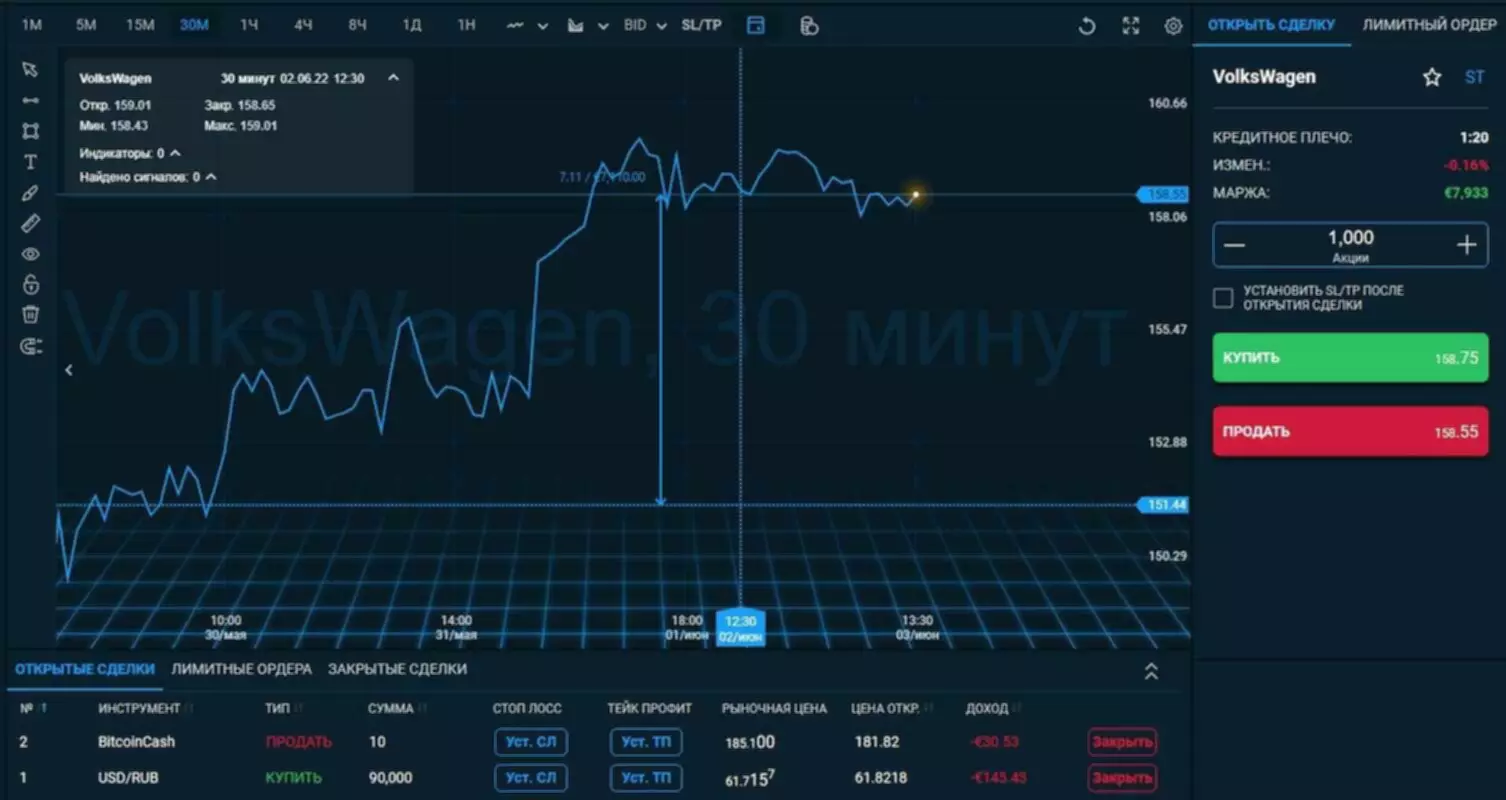Content
The developers of DeFi protocols would also often prioritize investment firms and ignore low-capital investors. This is because liquidity pools are crucial parts of the DeFi ecosystem, especially for DEXs, as they provide liquidity, speed, and convenience. In a AMM-based decentralized exchanged, there will be liquidity mining in order to earn rewards. It is one of many ways you earn passive income while putting your crypto in idle. Instead of using hardware to mine coins, liquidity mining is achieved by becoming a liquidity provider of a specific token and then depositing the LP tokens into a liquidity mining contract. It’s basically yield farming on steroids because you earn interest from yield farming while simultaneously earning extra rewards for being a LP.
We already looked at Uniswap, which is a market-leading DEX running on any blockchain network that can process Ethereum-compatible smart contracts. This sophisticated system was among the first decentralized exchanges, and many rivals started out as clones of Uniswap’s open-source code. You can find pretty much any liquidity pool pairing you want here, but the most popular pairs tend to match an Ethereum-like token with a stablecoin. In turn, the liquidity pools require the involvement of investors who are willing to lock in their crypto tokens in exchange for rewards. The act of parking tokens in a DEX liquidity pool to qualify for rewards is known as liquidity mining.

In Traditional Finance, market makers such as brokerage houses or firms provide trading services for investors in an effort to keep financial markets liquid. Liquidity mining, as we’ve seen, involves providing liquidity in exchange for “mining” rewards. The trader will pay a fee to the protocol, of which you will receive a portion in exchange for supplying your assets. With liquidity mining, you also get the added bonus of the equal distribution of governance through native tokens. Before liquidity mining, the allocation of tokens was largely unjust and uneven.
Each liquidity provider gets paid according to the aggregate sum of money they put into the pool. Essentially, the liquidity providers deposit their assets into a liquidity pool from which traders will access desirable tokens and pay trading fees for exchanging their assets on a decentralized platform. However, with liquidity farming, holders also get an additional set of benefits. We are seeing all kinds of ways for traders to earn cryptocurrencies that don’t involve traditional means. Level of Decentralization– you need to find whether there is any risk of centralization from one or a few parties within the community.
The liquidity pools in turn support marketplaces where people borrow or lend money and pay a fee for the services. This fee helps in rewarding the liquidity providers or yield farmers for lending their tokens. Liquidity mining is a way of organizing the market where the exchange and the token issuer reward the community for providing liquidity. Miners generate revenue depending on the share of commissions paid by traders or investors, price spread, and the orders’ lifetime. It is not necessary that the platform only accommodates cryptocurrency trading. All participants “drop” their tokens to a common pool, called a liquidity pool.
Information asymmetry breeds community ills such as mistrust, corruption and lack of integrity. Liquidity mining is viewed as a major incentive and attraction for a large number of investors. As of today, it’s been adopted by several protocols and is considered to be a smart and efficient way of distributing tokens.
Before you start investing your crypto assets in liquidity pools, you should know whatimpermanent lossis and how it can affect you. This can occur when the price of the tokens that you’ve contributed to liquidity pools changes in comparison to what it was when you first invested. A more substantial What Is Liquidity Mining price difference makes it more likely that you’ll encounter an impermanent loss. Along with equal distribution of rewards to investors, DeFi liquidity mining also has a relatively low barrier to entry. As mentioned previously, anyone can take advantage of this investment strategy.
What Is Liquidity Mining, And How Does It Work?
Investing all of your hard-earned money into liquidity pools and simply hoping for the best will usually lead to disappointing outcomes. Now that you know what liquidity mining is, the next step is to consider whether it is a good investment approach. Liquidity mining can be a good idea, especially since it’s extremely popular among investors as it generates passive revenue. This means that you can profit from liquidity mining without having to make active investment decisions. Before learning how liquidity mining works, it’s necessary to first understand liquidity pools. The answer to whether you can lose money in liquidity mining depends on how you define money.
You collect your liquidity tokens, then sit back and wait for the rewards to roll in. Risky and uncommon token pairs usually offer higher rewards, while a pair of stablecoins might generate close to zero rewards. Let’s say you want to tap into a liquidity pool on Uniswap, which is the oldest and largest DEX. This will be a multi-step process involving several different mobile apps or websites.
This kind of approach enables Curve to use more sophisticated algorithms, present the lowest possible fee levels, and avoid the impermanent losses seen on some other DEXs on Ethereum. Oftentimes, all users who decide to join the platform are given governance tokens. As a result, developers ensure decentralization by providing tokens in a way that doesn’t require a token sale or market listing. The assets would subsequently be collected by the AMM and given to the liquidity providers as a reward. An LP’s share of the rewards will increase in proportion to how much they contribute to a liquidity pool.
In turn, the liquidity miners can earn many benefits like rewards, high yields, governance tokens, native tokens, and so on. The yield farmers lend their tokens to the liquidity pools which are basically https://xcritical.com/ decentralized applications having smart contracts. When the participants lock their tokens in the pool, they get a fee from the decentralized finance platform supporting the liquidity pool.
- Liquidity mining is necessary because a DEX needs liquidity to allow trading between different token pairs.
- The platforms are easy to sign up for, and they don’t require any special equipment like traditional mining.
- If you don’t perform an in-depth audit of the code, it’s possible for cyber criminals to exploit the protocol and the assets within.
- The more often a cryptocurrency is used as a means of payment, the more liquid it becomes.
- The AMM, then, collects the fees and provides them to each liquidity provider as a reward.
- DeFi exchanges do trades differently—they’re executed by a protocol built into their networks known as Automated Market Makers .
- The pool is used to fill orders on the exchange and can be used to buy or sell any currency pair that is traded on the exchange.
Users of the lending protocol can borrow these tokens for margin trading. ” the answer is that it’s a beneficial network participation strategy which gives you the opportunity to place some of your assets into liquidity pools available on decentralized exchanges. The participants place their assets in the liquidity pools which are generally available on decentralized finance protocols. The provided assets improve the liquidity of the pools and facilitate more transactions in the liquidity pools.
Is Liquidity Mining The Same As Staking?
Liquidity mining has been growing in its popularity by leaps and bounds and has sparked interest even among the most discerning and knowledgeable DeFi participants. Liquidity mining is the practice of lending crypto assets to a decentralized exchange in return for incentives. Those interested in cryptocurrency know that there are numerous different methods of making a potential profit with crypto. Rather than tokens and coins being subject to lengthy vetting, new projects can be listed directly to Uniswap. This lets users swap to newer tokens earlier, before they have been listed on centralized exchanges. It’s not uncommon for exchanges to require new coins to go through a laborious vetting process.
AMMs offer token swapping that makes it possible to trade one token for another within one particular liquidity pool. When a user decides to conduct a trade, they are supposed to pay a certain fee. The AMM, then, collects the fees and provides them to each liquidity provider as a reward. It can be done by hand, but advanced investors can automate the process via smart contracts. Yield farmers make investments across many types of interest-generating assets. This includes crypto staking in proof-of-stake cryptocurrencies, lending or borrowing funds on various platforms, and adding liquidity to DEX platforms.
Alternative Ways To Earn Crypto
A decentralized exchange is a type of exchange that specializes in peer-to-peer transactions of cryptocurrencies and digital assets. One of the most popular applications of blockchain technology is decentralized finance , and a popular way for crypto investors to participate in DeFi is to mine for liquidity. In this guide, we will introduce the concept of liquidity mining, why it matters, which platforms enable users to mine for liquidity, its benefits and the risks involved in this investment strategy. When entering a liquidity pool, other users can borrow your crypto assets and you get rewarded in the form of APY. Staking vs liquidity mining is an ongoing topic of discussion as to which method is better for earning passive income.

Although yield farming is based on liquidity mining, we will use the next lesson to figure out the differences between them and discover which method is more profitable. The end result is a symbiotic relationship where each party receives something in return. Exchanges receive liquidity, LPs fees, and end-users have the ability to trade in a decentralized fashion. The people who stake higher amounts will typically receive higher rewards, which is similar to what occurs when performing liquidity mining of crypto.
Whether you create your own strategy or follow a premium community leader, we believe the power to automate belongs in the hands of every crypto investor. Shrimpy helps thousands of crypto investors manage their entire portfolio in one place. Safety- Gate.io offers many different features for users to secure their assets. Investors can manipulate the prices of tokens hence affecting the potential returns. If a crypto project faces any flaws, participants can lose money to hackers or inefficient software. Project founders with bad intentions can shut down a project and vanish with the funds.
Governance Privileges
Without this liquid base of digital capital at their fingertips, the DEX trading systems would quickly grind to a halt. Yield farming involves lending your cryptocurrencies or tokens to get rewards in the form of transaction fees or interests. It is an investment strategy where people can earn income by lending their assets to the farming pools. It is the most important factor that is driving the growth of the decentralized finance sector and has helped in increasing the market cap from $500 million to $10 billion within a matter of one year. As such, liquidity mining means locking your crypto assets in DeFi protocols.
Ensure that the platform regularly undertakes a third-party independent security audit. Finally, consider the age of the platform and the identity of the core developers. Information asymmetry – the biggest challenge for investors within decentralized networks with open protocols such as DeFi marketplaces is that information is not fairly distributed to the public.
Liquidity Mining Vs Staking
Using this investment strategy, users can then provide liquidity to facilitate these transactions. This also means that the vast majority of liquidity pools are between trading pairs, with users depositing one of two cryptocurrencies depending on the pool. In the context of DEXs and AMMS, DeFi specifically made it possible to increase one’s capital by lending it to newly built trading platforms. Liquidity mining is popular when it comes to DeFi projects or smart contracts. Without liquidity mining, users may spend a lot of time searching for willing traders to buy or sell their tokens. Besides, the user needs to ask one by one at a time which is a tedious task.
There’s A Better Way To Hodl Earn Invest With Haru Invest
The pool is also sometimes referred to as a ‘order book’ or a ‘market maker’. In 2021, Uniswap released the third version of its software, which became another large step forward for the protocol. One of the biggest changes offered by the new version is the so-called ‘concentrated liquidity’, which makes the functionality of AMM more efficient for users. A basic AMM enables users to deposit 2 tokens into any given liquidity pool.
Liquidity Mining: Key Terms And Concepts
This is crucial, as it means that any time you send cryptocurrency to an account, exchange, wallet, or anything else, you want to ensure it is safe. Unfortunately, it can be hard to gauge the legitimacy of liquidity pools because they are still fairly new and there aren’t many reviews or discussions of specific ones online. The entire liquidity pool earns rewards for providing that liquidity and your rewards are proportional to your contribution. So, if your crypto accounts for 1% of all the crypto in the liquidity pool, you would earn 1% of the pool’s rewards. Those rewards typically come directly from transaction fees on the exchange.
What Is Yield Farming, Liquidity Mining, And Staking?
Yield – this is the reward offered to liquidity providers in the form of trading fees or LP tokens. In other DeFi platforms, yield is the interest rate accrued to participants for providing liquidity or holding stakes in these projects. Liquidity mining is a process in which crypto holders lend assets to a decentralized exchange in return for rewards. These rewards commonly stem from trading fees that are accrued from traders swapping tokens. Fees average at 0.3% per swap and the total reward differs based on one’s proportional share in a liquidity pool.
The liquidity mining rewards help offset losses that could occur in the event of high price changes from the pooled tokens. When more protocols become DAOs, it’s conceivable that this solution will look out for the community as a whole rather than individual investors. DeFi liquidity mining features a minimal barrier to entrance and an equitable distribution of rewards to investors. Koinly.io needs to review the security of your connection before proceeding. Guide.blocto.app needs to review the security of your connection before proceeding.
